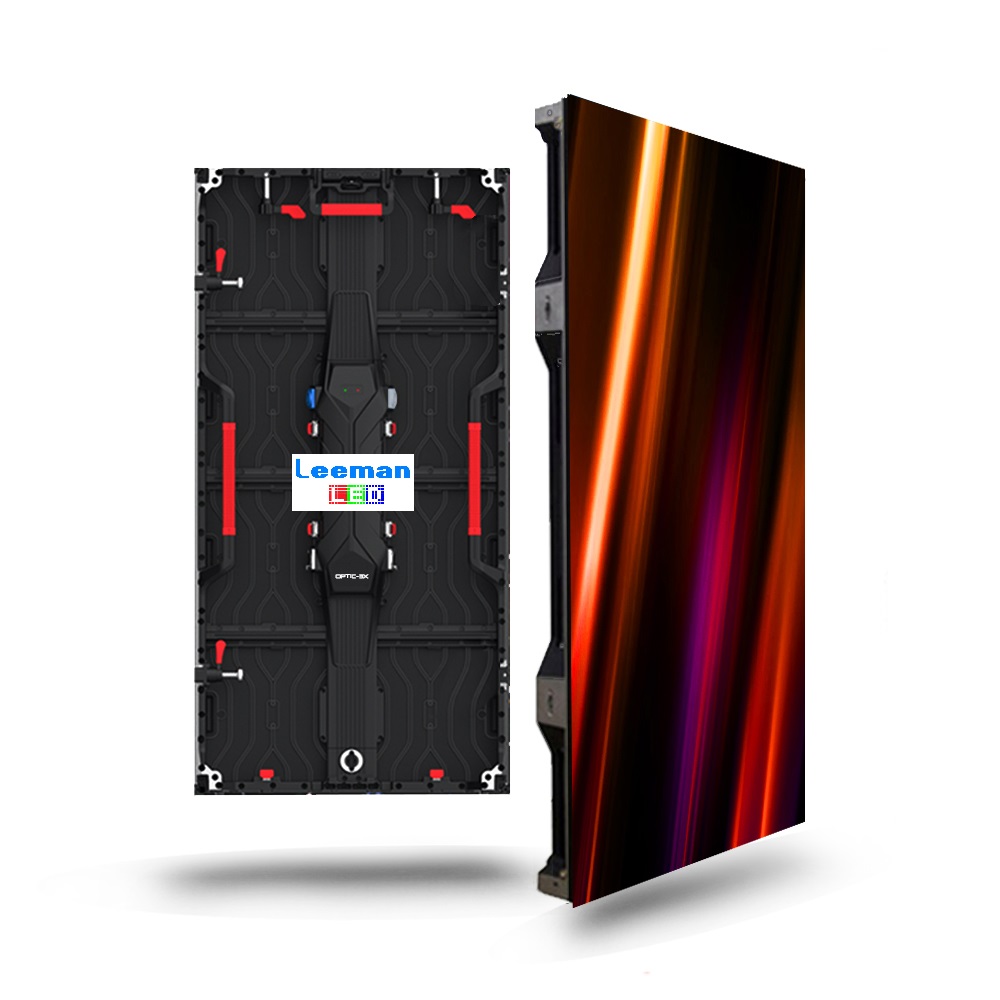Investigating the Essential Elements That Influence Luminance in Light Emitting Diode Wall Panels
Light Emitting Diode wall panels are increasingly popular for both advertising and leisure due to their luminous and vibrant images. Grasping the elements that affect the luminosity of these screens is essential for manufacturers and consumers alike. Brightness is typically gauged in candelas, which indicates how much illumination is emitted from the surface of the screen. Numerous key elements contribute to the overall brightness, including the kind of LED used, the quality of the screen materials, and the energy provided to the panel.The kind of LED component used in a panel panel plays a crucial role in its luminosity. Various LEDs produce varying levels of lumens, which gauge the amount of light perceptible to the human eye. Premium components, such as those made using sophisticated technology, can produce more luminous light with greater effectiveness. Furthermore, the color tone of the LED also affects apparent brightness. For instance, colder color temperatures (higher Kelvin values) can seem brighter than hotter ones, even at the same light output rating. This feature is important for applications where clarity is crucial, such as in external advertising.
The substances used in the building of Light Emitting Diode see this website wall screens look at this website also influence their luminosity. The type of foundation and encapsulation materials can influence how much light is conducted versus how much is absorbed or dispersed. For example, a panel made with premium optical material will permit more light to pass through than one made with inferior materials. Additionally, the design of the screen, including its thickness and the layout of the LEDs, can improve or diminish luminosity by affecting how illumination is distributed across the panel.
The power source provided to the LED wall screens is another critical element in determining luminosity. Each LED chip has a specific electric potential and electric flow requirement for ideal functioning. If the power source falls short, the brightness of the screen will diminish. Conversely, providing too much energy can lead to overheating and decreased durability of the LEDs. Therefore, ensuring a stable and sufficient energy source is essential for realizing uniform brightness levels. This is especially vital in changing displays, where brightness may need to be modified for different illumination conditions.

Lastly, surrounding elements can influence how luminosity is perceived. Ambient illumination conditions play a significant role in how bright an Light Emitting Diode panel panel looks. In bright sunlight, for example, a screen with a lower luminosity rating may have difficulty to be visible clearly, while a more luminous panel can stand out more efficiently. Additionally, the angle from which the screen is viewed can influence luminosity perception due to how illumination reflects off surfaces. Comprehending these factors helps consumers select the right Light Emitting Diode wall panel for their requirements and ensures that producers create products that meet luminosity expectations for different applications.